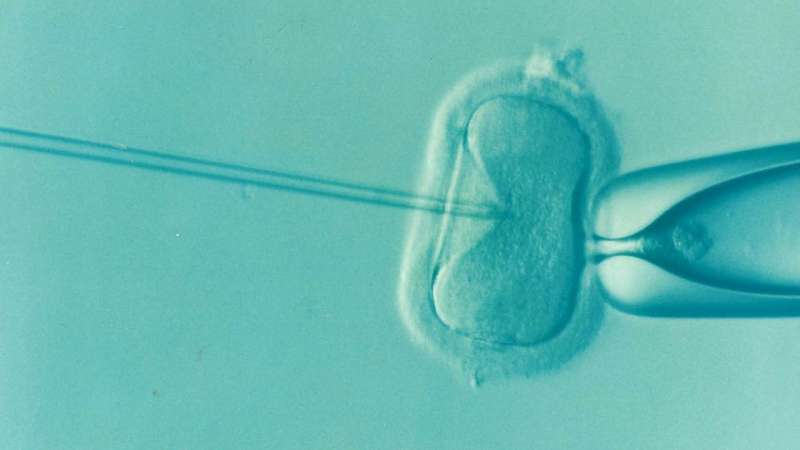
Despite only limited evidence that fertility add-ons increase the odds of having a baby, the majority of women (82%) have used one or more of these treatments as part of their IVF.
This is the conclusion of a retrospective study of 1,590 Australian patients which also found more than seven in 10 (72%) had incurred additional costs for these unproven additional therapies and techniques which range from Chinese herbal medicine to endometrial scratching.
The results based on an online survey into prevalence of these optional extras will be presented today by principal investigator Dr. Sarah Lensen, a researcher from the University of Melbourne, Australia, at the 37th virtual Annual Meeting of ESHRE.
The findings, says Lensen, suggest that patients “may not be adequately informed” about the lack of evidence to support “the effectiveness and safety of add-ons”. She adds that “accessible and transparent information” is needed—and large high-quality randomised trials—to help women make decisions and minimise the regret felt by those whose IVF has been unsuccessful.
This report into add-ons is based on a questionnaire advertised on Facebook, distributed to women undergoing IVF, and completed between June and July 2020. Gestational surrogates or patients who used a surrogate were excluded as were those who donated eggs or underwent elective egg freezing.
Participants were asked about their IVF and medical history, and details about add-on use over the past 3.5 years including specific treatments and cost. They were also questioned about what importance they placed on evidence around safety and effectiveness.
In addition to cost and prevalence of add-ons, the results showed that the most commonly used of these optional extras was acupuncture (45%) followed by preimplantation genetic testing for aneuploidy (PGT-A) (28%) then Chinese herbal medicine (26%).
The cost associated with some of the add-ons used such as aspirin and heparin, says Lensen, is likely to be negligible. However, she points out that expenses are likely to be “significant” for PGT-A, or for repeated add-on treatments over multiple cycles.
Overall, relatively few (18%) women using add-on fertility treatments reported that they first raised the issue, with more than half (54%) saying they had first heard about them from their fertility specialist. The majority (71%) said their specialist generally raised add-on options during consultations.
What also emerged from the study is that women placed significant importance on scientific evidence supporting the use of add-ons. More than half (55%) scored over 90 (out of 100) that they think it’s important there is evidence that add-ons improve live birth rates, and 73% gave the same score for their use being safe. This is despite associations to the contrary, says Lensen, as most add-ons are not supported by evidence that they increase live birth rates (LBRs), and some such as immune therapies have been linked with low birth weight and other issues.
Around a third (30%) of women experienced moderate to severe regret about using add-ons compared with 34% who had no regret at all. The level of misgivings about their decision was higher in women who had not conceived or achieved a live birth. In addition, those who reported their fertility specialist had more than 50% input into their decision to use an add-on had more regret than those whose doctor had a lesser role.
The study results come at a time when adjunct treatments are under increasing scrutiny. UK regulator the Human Fertilisation and Embryology Authority (HFEA) has introduced a traffic light system to rate add-ons but none has been awarded a green signal.
Source: Read Full Article
